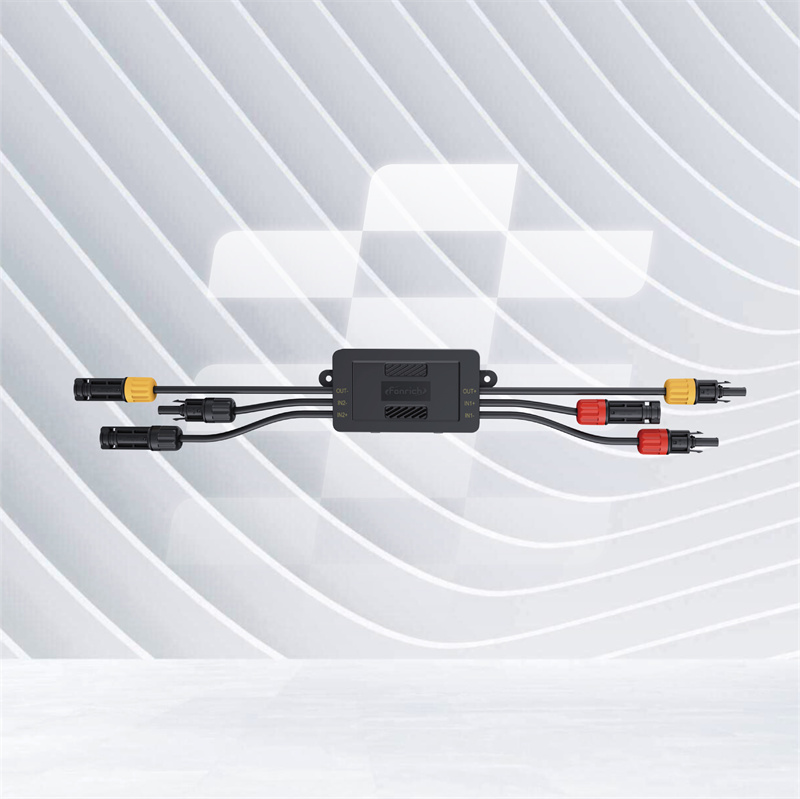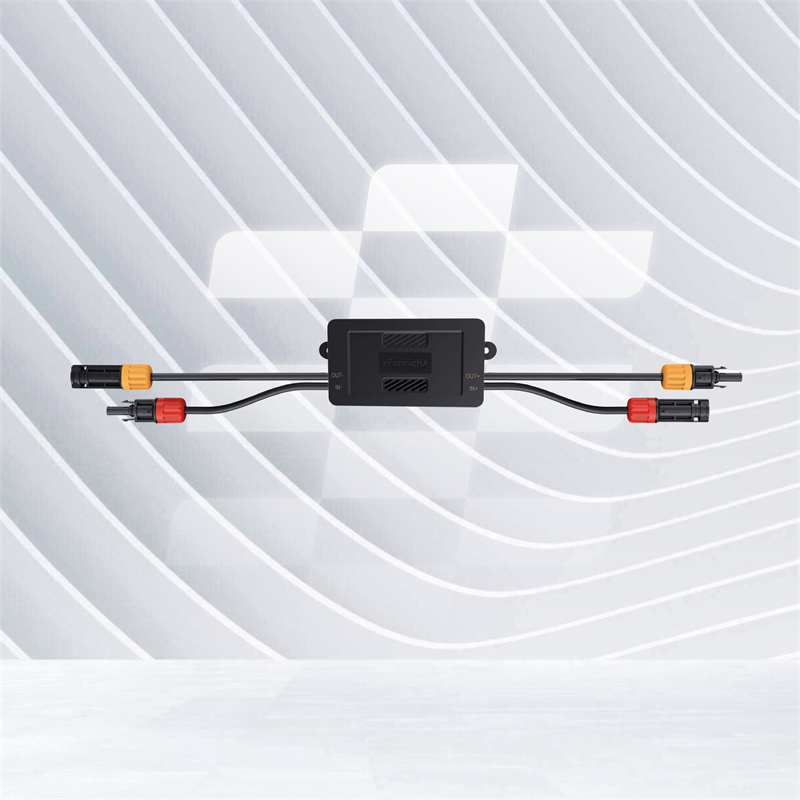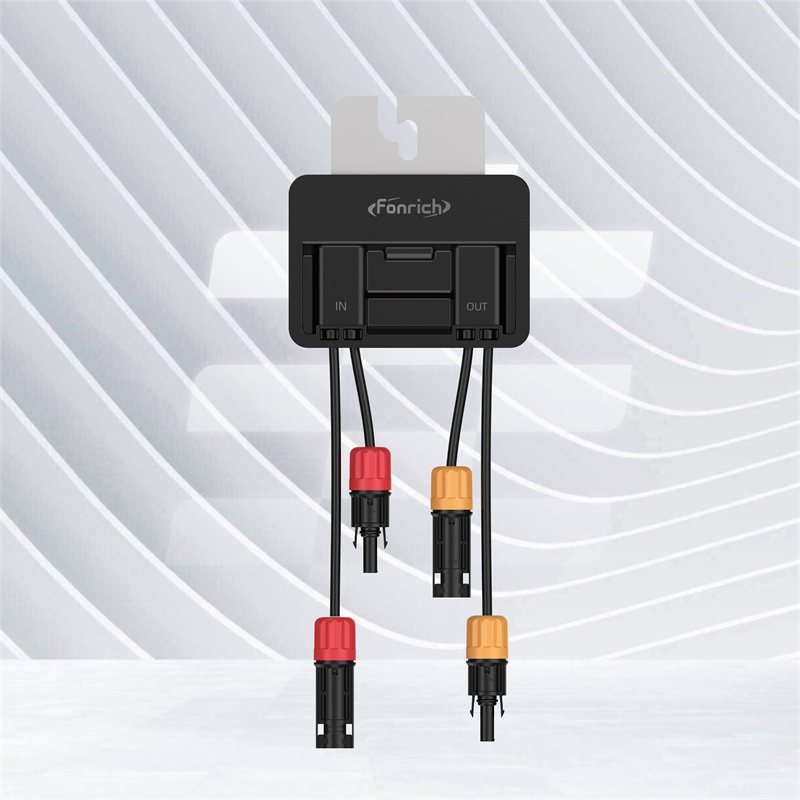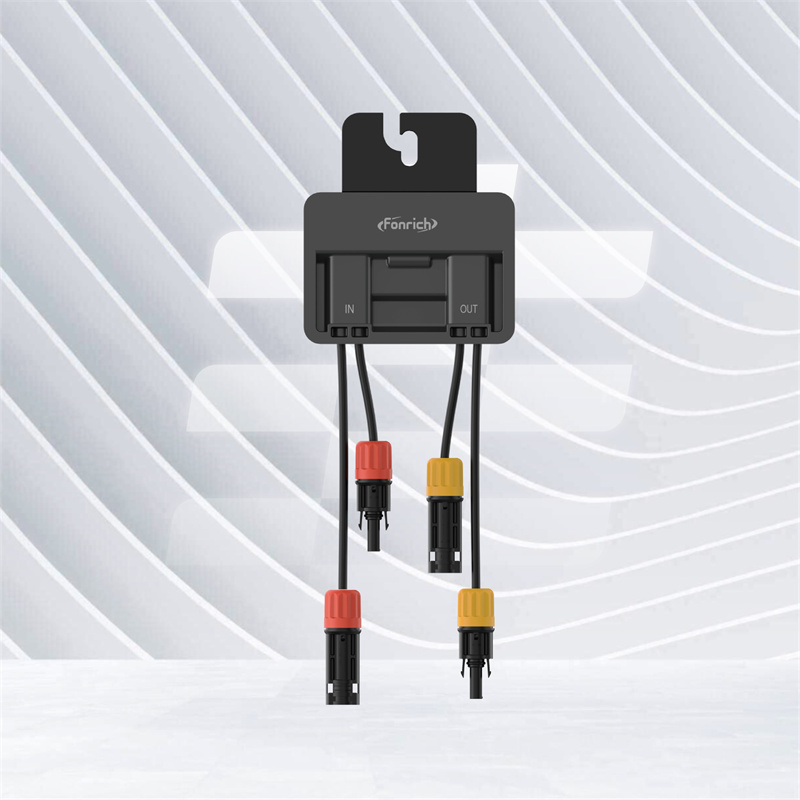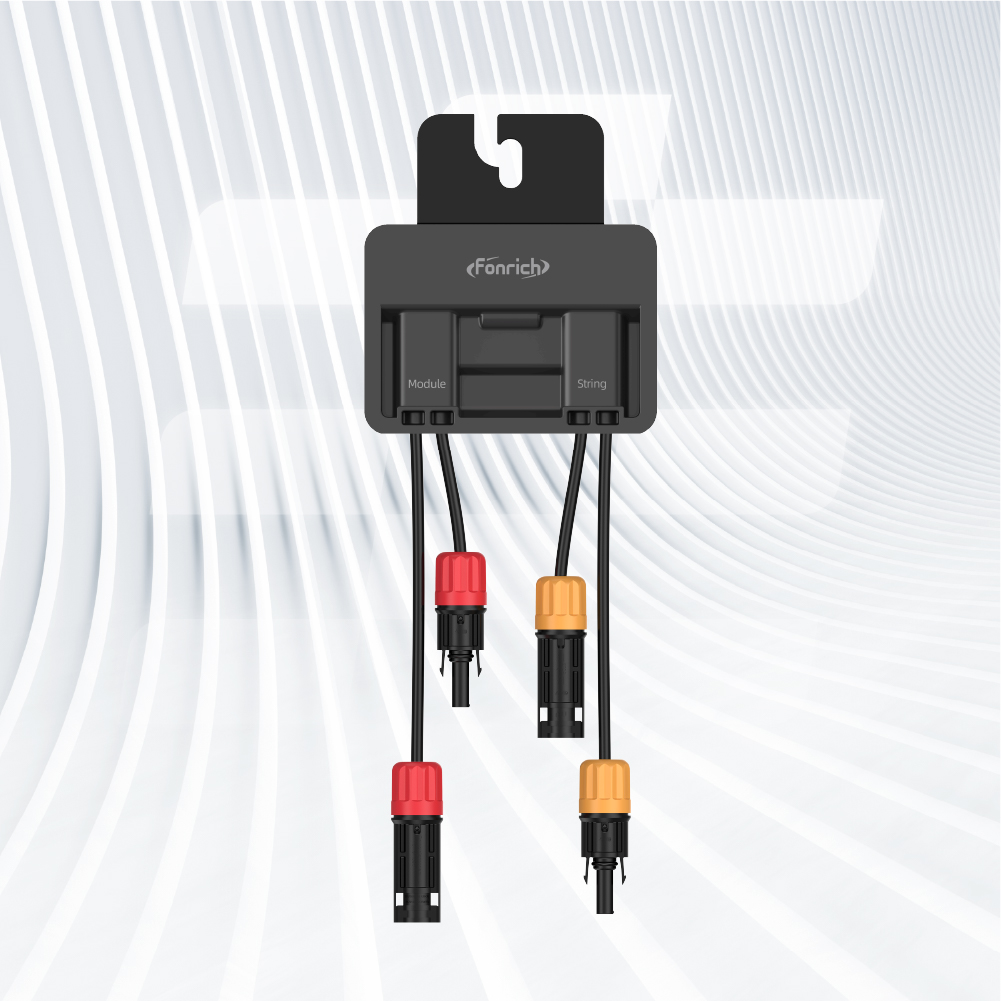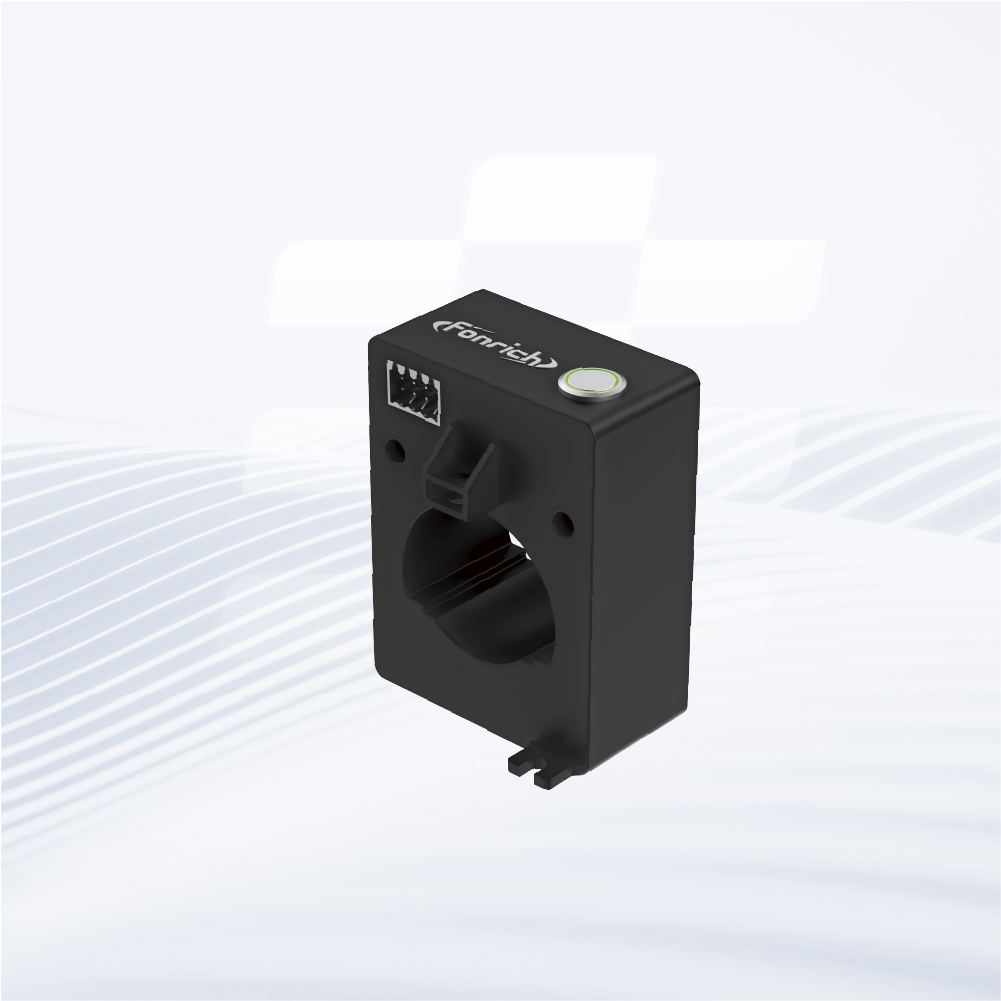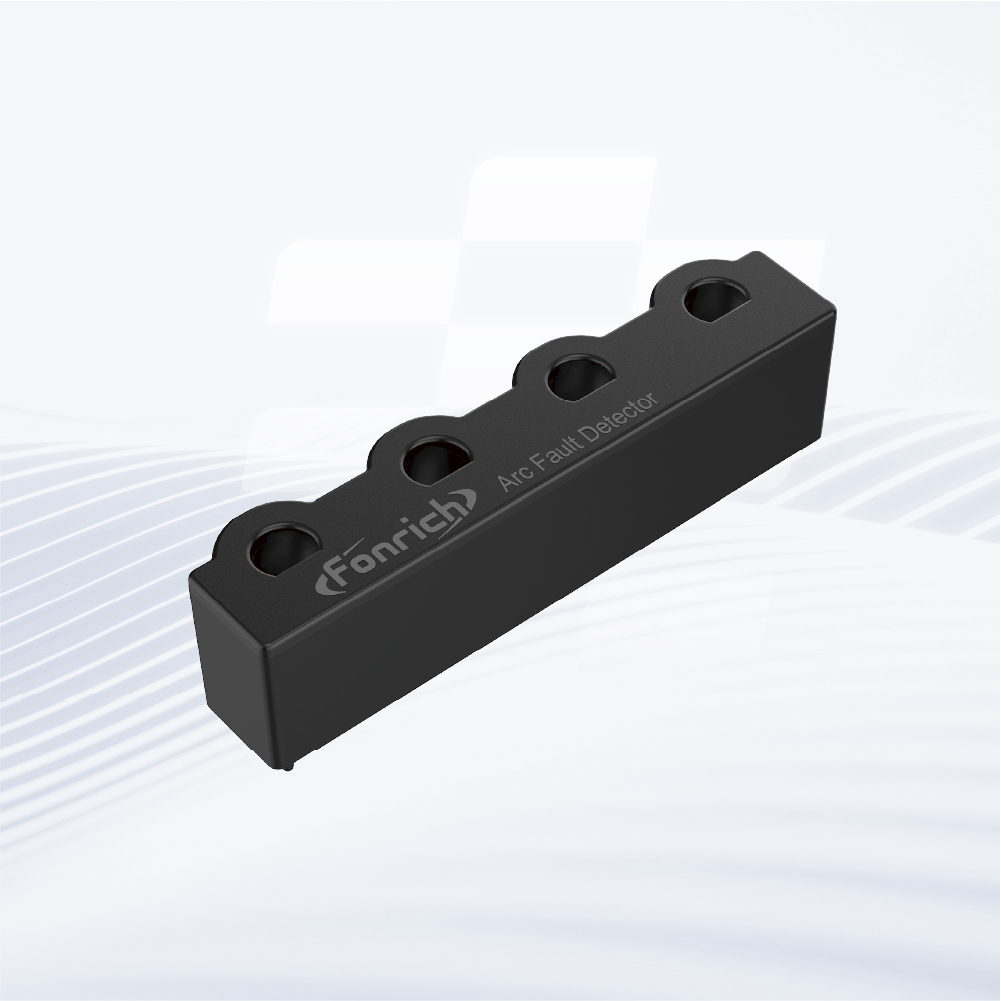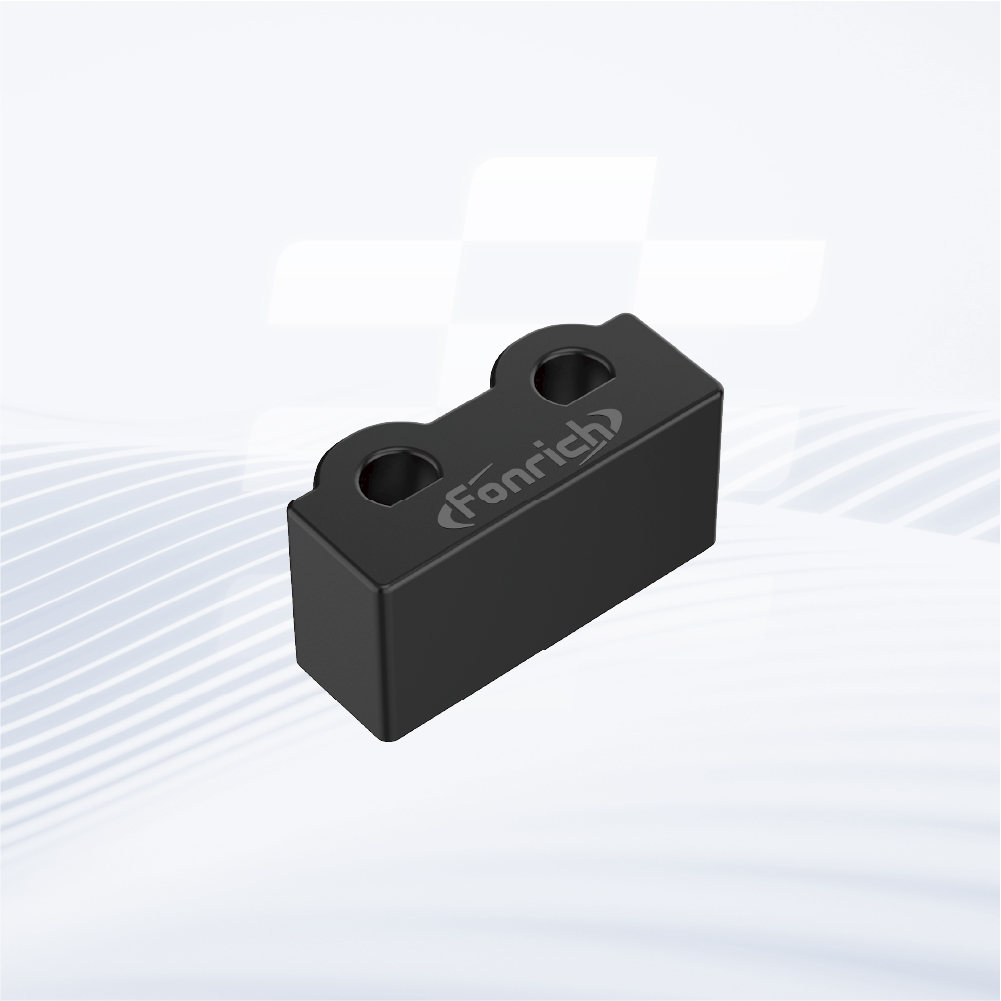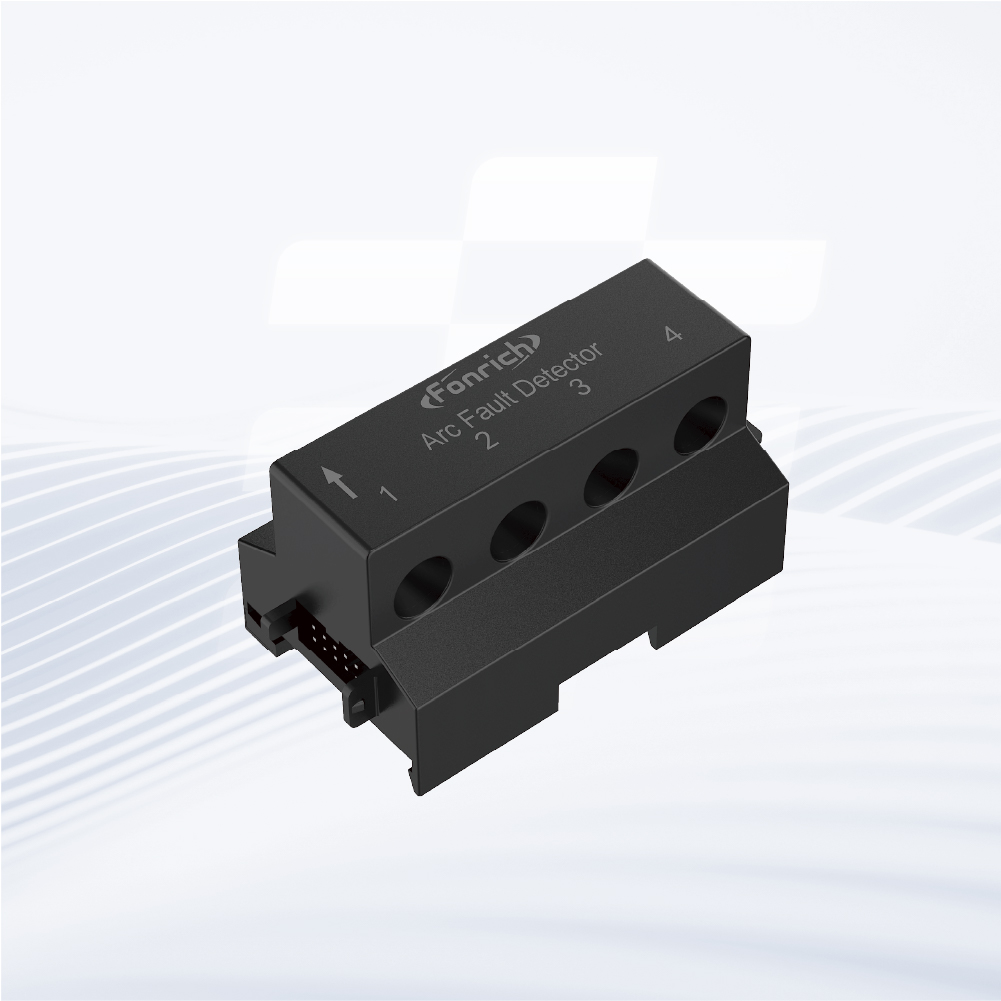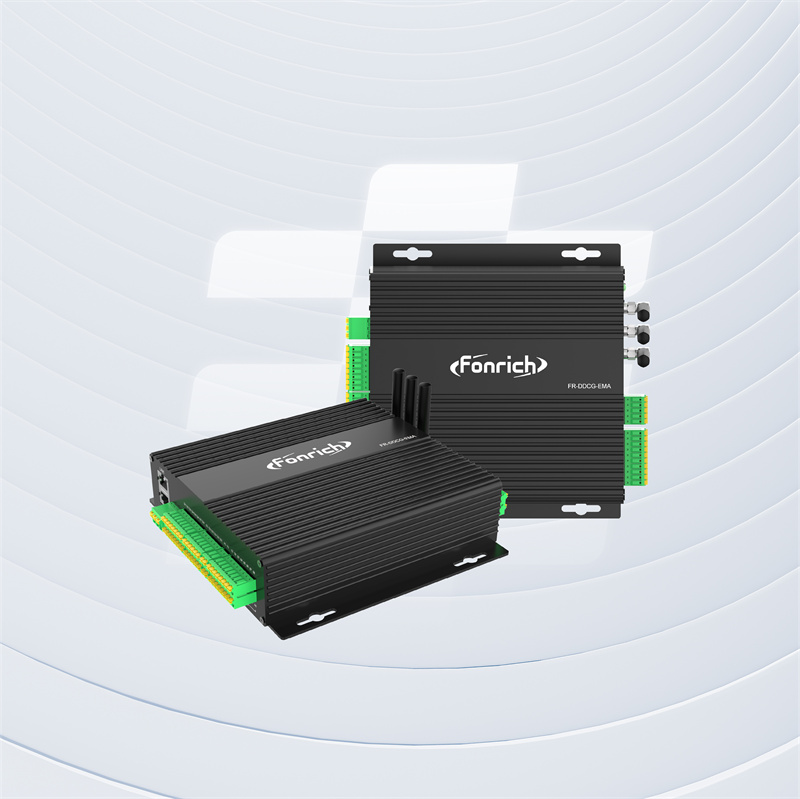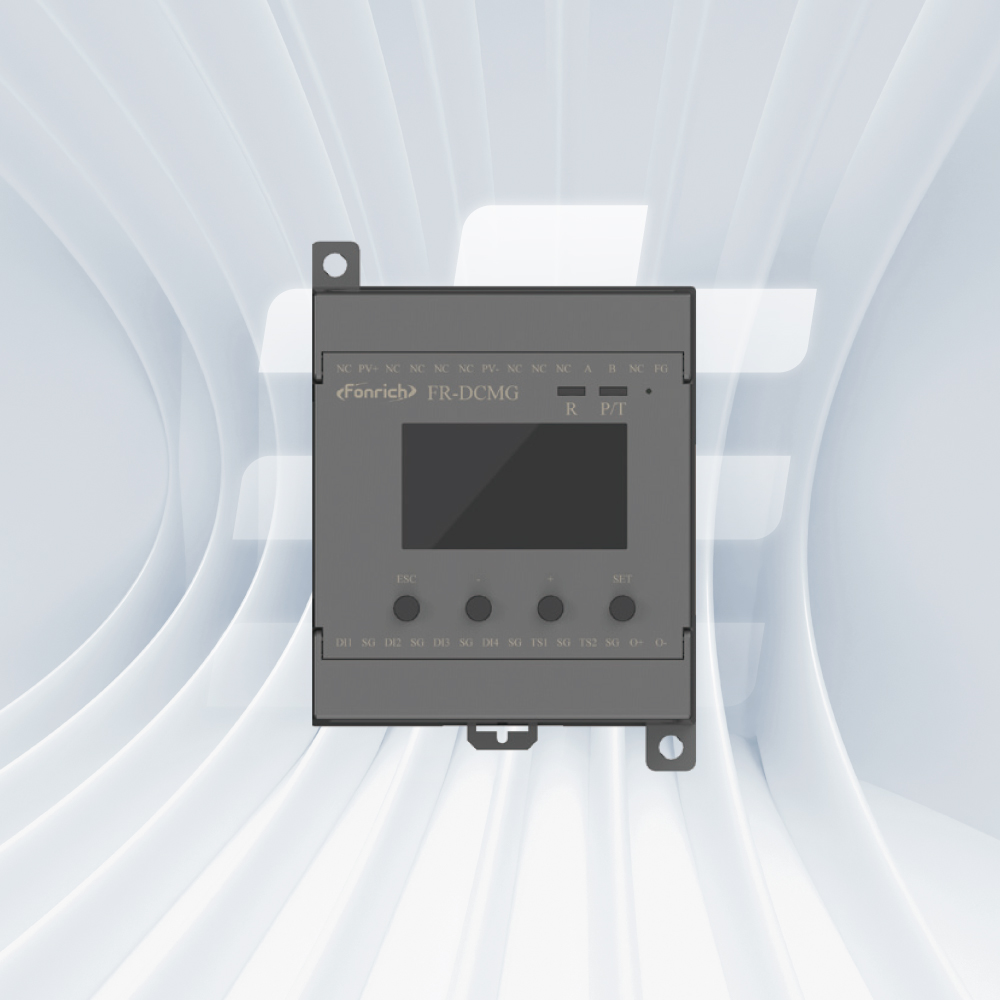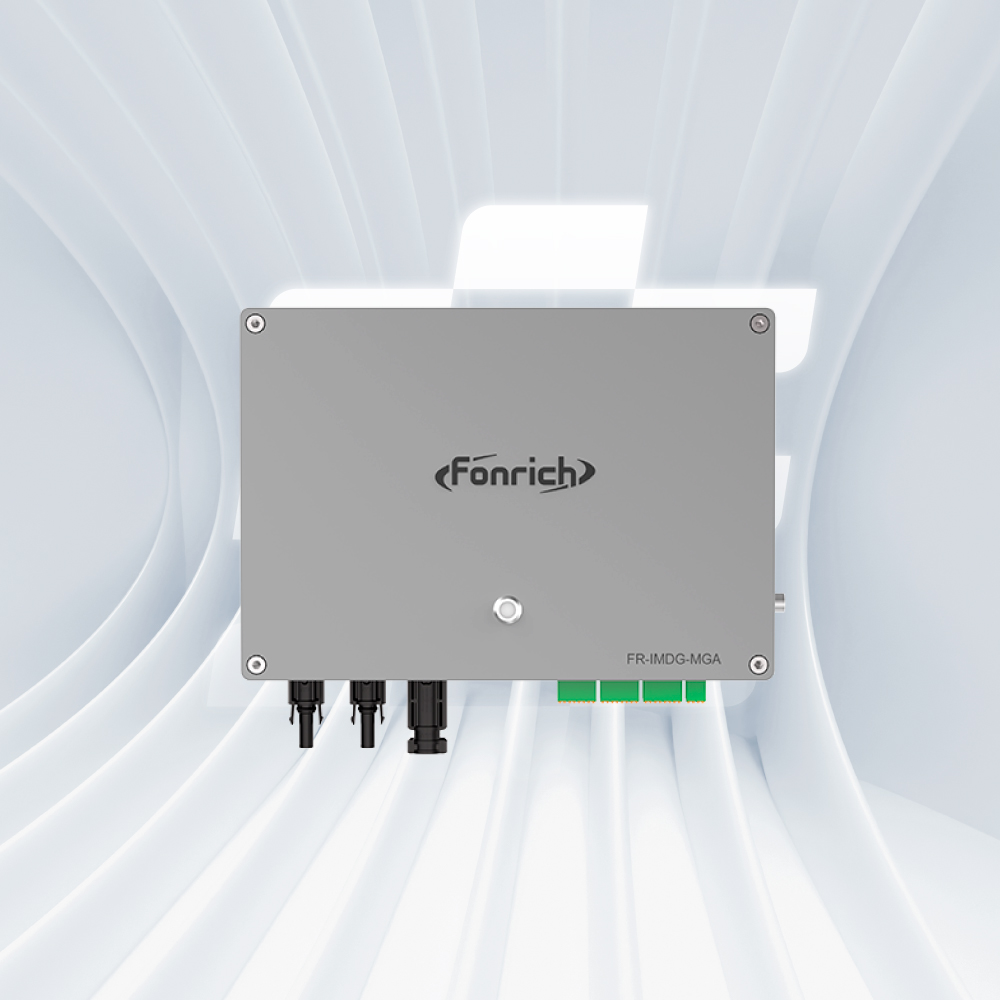 Language
Language
What is a afci circuit breaker? How does an arc detector breaker work
AFCI stands for Arc Fault Circuit Interrupter. In simple terms, it's a special type of circuit breaker designed to detect dangerous according to 2017 NEC standards.
What is an arc detector breaker and how does an afci circuit breaker work?
If you’ve ever looked inside your home’s electrical panel, you’ve probably seen a row of circuit breakers. But among them, one stands out for its life-saving potential: the arc detector breaker. So, what exactly is it, and why should you care? Let’s break it down.
What Does AFCI Stand For?
AFCI stands for Arc Fault Circuit Interrupter. In simple terms, it’s a special type of arc detector breakers designed to detect dangerous electrical arcs—sparks that can happen inside your walls or appliances—and shut off power before they cause a fire. These advanced fault circuit interrupters afcis function as a critical fault detection device afdd, identifying arc faults that standard breakers might miss.
You might be wondering: “Aren’t regular circuit breakers enough?” The short answer is no. Standard breakers protect against overloads and short circuits, but they can’t always detect the low-level, heat-producing arcs that AFCI breakers are built to catch.

How Do Electrical Arcs Happen?
Electrical arcs can occur for many reasons:
- Damaged or frayed wiring
- Loose connections in outlets or switches
- Worn-out insulation on electrical cords
- Nails or screws piercing wires behind walls
These arcs can generate extreme heat—up to 35,000°F (19,400°C)—which is more than enough to ignite nearby materials like wood or insulation. According to the National Fire Protection Association (NFPA), arc faults are responsible for over 28,000 home fires each year in the U.S. alone.
How does an afci circuit breaker work?
An AFCI breaker constantly monitors the electrical current flowing through a circuit. It uses advanced technology to detect the unique patterns of an arc fault. If it senses something dangerous, it trips instantly—cutting off power and preventing a potential fire.
Here’s the cool part: AFCI breakers can tell the difference between a harmless arc (like when you flip a light switch) and a dangerous one (like a frayed wire sparking inside a wall).
Types of AFCI Breakers (Arc Fault Circuit Interrupters)
There are a few main types you might encounter:
- Branch/Feeder AFCI: Installed in the main electrical panel to protect entire circuits.
- Combination AFCI: Offers both branch/feeder and outlet protection. This is the most common type in modern homes.
- Outlet AFCI: A receptacle that provides arc-fault protection at the outlet level.
- Cord AFCI: Used in power strips and extension cords for portable protection.
Why You Should Upgrade to AFCI Breakers (Arc Fault Circuit Interrupters)?
Still not convinced? Here’s why upgrading your electrical system with AFCI breakers is a smart move:
- Fire Prevention: As mentioned, they’re designed to stop fires before they start.
- Modern Safety Standards: The National Electrical Code (NEC) now requires AFCI protection in most residential circuits.
- Peace of Mind: Especially in older homes, where wiring may have degraded over time, AFCI breakers add a crucial layer of safety.
- Insurance Benefits: Some insurance companies offer discounts for homes with AFCI protection installed.
Real-World Example: AFCI in Action
In 2021, a family in Ohio narrowly avoided a house fire thanks to an AFCI breaker. The breaker tripped after detecting an arc fault caused by a damaged wire inside a wall. When an electrician investigated, they found charred insulation—proof that the breaker had prevented a potentially catastrophic fire.
Stories like this aren’t rare. They’re exactly why AFCI technology exists.
AFCI vs. GFCI: What's the Difference?
It’s easy to confuse AFCI with GFCI (Ground Fault Circuit Interrupter), but they serve different purposes:
- AFCI: Protects against fire hazards from arc faults.
- GFCI: Protects against electric shock by detecting ground faults (common in bathrooms, kitchens, and outdoor outlets).
Many modern breakers actually combine both technologies into one unit—dual-function AFCI/GFCI breakers—offering the best of both worlds.
Should You Install AFCI Breakers (Arc Fault Circuit Interrupters)?
If your home was built before the early 2000s, chances are it doesn’t have AFCI protection. Even newer homes might not be fully up to code. The best way to know for sure is to have a licensed electrician inspect your electrical panel.
Upgrading to AFCI breakers is a relatively small investment compared to the protection they provide. Think of it as insurance for your home and family.
Final Thoughts
Electrical safety isn’t something to take lightly. The threat of dangerous arcing—a hidden and high-temperature electrical discharge—is a real and present danger in many homes, often occurring behind walls where it can’t be seen. This is precisely why AFCI circuit breakers are so critical; they are sophisticated protective devices and one of the most effective ways to reduce the risk of electrical fires in your home. These advanced breakers function as an arc fault detection device, constantly monitoring the electrical circuit for the unique signatures of an arc fault. The moment an arc fault is detected, the AFCI breaker instantly interrupts the power, effectively neutralizing the hazard before it has a chance to ignite a electrical fire. If you’re unsure whether your home is protected by this life-saving technology, don’t wait for a warning sign—reach out to a professional electrician today.
The technology behind an AFCI is specifically designed to identify the subtle electrical signatures of hazardous arcing conditions. It doesn’t just look for a spark; it analyzes the current waveform to differentiate between normal operation and a fault. This is crucial because it must safely ignore harmless events while reacting instantly to dangerous ones. The device is engineered to detect both series arcs, which can occur when a wire is accidentally severed or a connection becomes loose, creating a “hot spot” in the line, and parallel arcs, which happen when electricity jumps from one damaged conductor to another or to a ground. By safeguarding entire branch circuits from the panel outward, AFCI breakers provide comprehensive protection against these invisible threats, making them an indispensable component of a modern, safe electrical system.
Stay safe, stay informed, and give yourself the peace of mind that comes with knowing your home is protected by the best technology available.
FONRICH NEW ENERGY
Product inquiry: Leave a message here
Contact: info@fonrich.com

